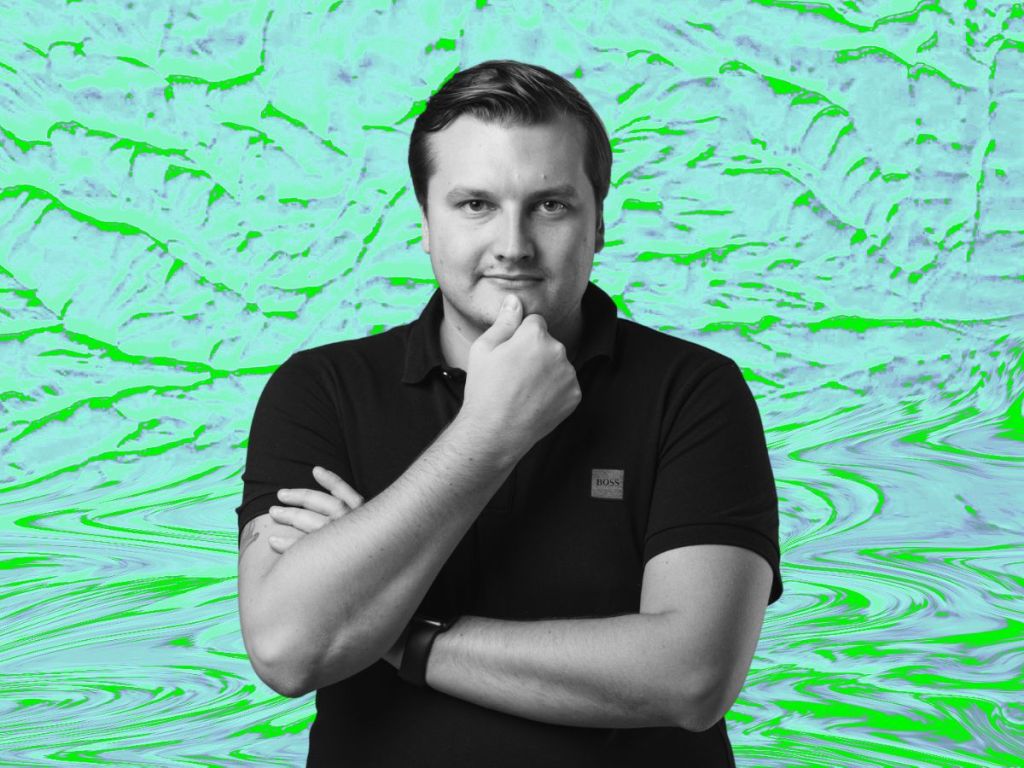Traditional social media companies currently find themselves at a crucial inflection point in the history of the web.
Zuckerberg just laid off 11,000 employees to fund the development of his $15B metaverse behemoth, while Elon orchestrated a mass exodus of executives and employees from Twitter in a bid to pursue radical transformation of the ‘town-square’ platform.
All the while, the tenacious appeal of Web3 continues to attract supporters. Or if you ask Dorsey, Web5. But that’s a whole other story!
The Chainsaw spoke to Stani Kulechov, Founder of Aave and Lens Protocol, and one of the leading proponents for the adoption of Web3 social, a concept which encompasses decentralisation and user-ownership of assets, among other elements.
“The future of verification will be more diverse and community driven”
Stani Kulechov, founder of Aave and Lens Protocol
Lens Protocol
Lens is a decentralised social graph built on Polygon by the team at Aave, and is operating eighteen-months on from initial inception.
The protocol utilises NFTs as its core business model, prioritising user ownership of data at every juncture of the social experience by attaching NFTs to individual actions such as following other users, to collecting their work.
Although Lens’ mainnet version was released in May this year, the team still regard the protocol in its ‘beta’ version due to the presence of an exclusive allowlist for individuals seeking to mint profiles. That number is nearing 100,000 in what Kulechov describes as an “intimate community”.
Lenster is the first and largest application on the Lens Protocol. Built by the community during a hackathon, the platform is analogous to Twitter in the respect of its user interface and profiles, but with evident distinctions in the form of its decentralised structure and abundance of NFTs.
In addition to traditional liking and commenting features, users of Lenster can earn ‘FollowNFT’ modules for each follower they gain, as well as ‘CollectNFT’ each time another user chooses to save their content to their library.
Attaching NFTs to these routine actions produce a verifiable blockchain record, enabling creators to analyse the analytics of the user base, exclusively reward owners of individual content pieces with additional utility, and more efficiently monetise their content.
Other applications built on Lens include Lenstube, a social media platform akin to Youtube, which equally enables users to collect and share — known as mirroring — posts to their profile.
Web3 social needs good UI/UX
Reddit’s Polygon-based collectable avatar NFT project became the subject of widespread community praise in October after the message board platform adopted an innovative approach to onboarding new users into the complex sphere of Web3.
By intentionally curating a seamless experience tailored to novice users — removing all reference to NFTs, wallets addresses, digital signatures, and placing all complex blockchain functions in the backend — Reddit eliminated users’ innate biases, apprehensions and the technological barriers-to-entry, and successfully registered over 3 million new users into the space.
Kulechov declared that the Lens team is focused on pursuing a similar strategy in which “optimistic user interfaces” ensure that “post, comment or follow actions [are] reflected right away on the application, [while] the actual blockchain transaction happens in the backend.”
It’s the idea of having the “blockchain in the backend and the party in the frontend”, he joked.
Twitter and Decentralisation
In acquiring Twitter, Elon Musk has claimed that it can become a democratic, digital town square which facilitates healthy debate throughout modern society. Assessing the principles and architecture of the social network with his vast experience in programming, Kulechov personally advocated for change “from the bottom up.”
“Twitter in the beginning was an open protocol”, he said. “When I was 15, I was very into Ruby on Rails which was one of the technologies used to build Twitter in the first place. And Twitter as an application was open, so anyone could build.”
“What we’re doing with decentralised social media and Web3 is creating infrastructure that is open and accessible. To make change, you have to have the whole stack open, at least from the infrastructure side”, he claimed.
Social Verification
On the subject of verification, Kulechov proposed the novel idea of an open verification system in which users are granted unique status dependent on their interests whether that’s a “real user, power user, music artist, or good Fortnite player.”
“I think the future of verifications is going to be more diverse, community driven,” he claimed, “and I would see a lot of excitement if the community members that got a verification could actually participate in voting and governance of those verifications badges”.
“Also, the users [would] have true ownership so no-one can arbitrarily take that blue or green checkmark away from you, so I would say that in Lenster, having multiple replication badges could make a lot of sense.”
Lens Protocol: Users are the product
In traditional social media, users are positioned as the product as their behavioral data patterns are tracked by algorithms and sold to corporations for the purposes of targeted advertising.
Musk’s concept of monetisation verification for US$8 seeks to reverse this paradigm, generating a sustainable revenue for the business of Twitter, as well as liberating the algorithm to focus on enhancing the experience in favour of users.
Emphasising the necessity for user ownership, Kulechov stated that having “a follower base that can’t be removed from you, actually creates new ways of monetising”.
The challenges for this industry no longer solely reside around the vision of “fixing finance”, he concluded, but rather the conversation has evolved into “rearchitecting the internet” – a vision that he remains “super optimistic” on.





